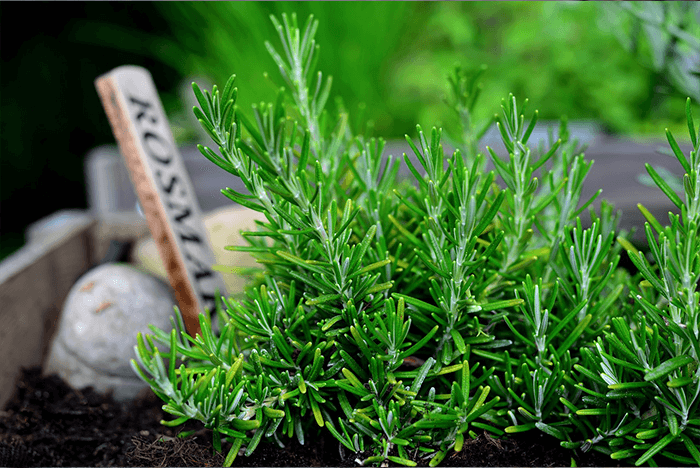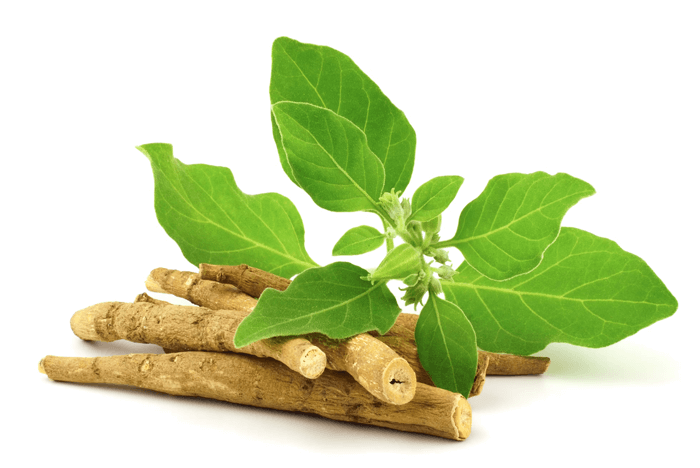Description
Mint, belonging to the genus Mentha, is a group of aromatic perennial herbs known for their fragrant leaves and versatility in culinary, medicinal, and cosmetic applications. There are around 20 species of mint, the most common being spearmint (Mentha spicata) and peppermint (Mentha × piperita). Mint plants are characterized by square-shaped stems, paired leaf arrangement, and small, purple or white flowers.
Common Features
- Leaves: Mint leaves are typically oblong, bright green, and serrated at the edges. The leaves contain essential oils, primarily menthol, which gives them their characteristic cool flavor and scent.
- Stems: The stems of mint plants are square in cross-section, a common trait in the Lamiaceae family. They are also known to be quite sturdy and can spread rapidly, often considered invasive in gardens.
- Flowers: Mint flowers are small and usually purple, pink, or white, blooming in clusters. The flowers attract various pollinators, including bees and butterflies.
Role in the Ecosystem
Mint plays a crucial role in various ecosystems:
- Pollinator Support: Mint flowers are rich in nectar and are particularly attractive to bees, butterflies, and other pollinators. This makes mint an essential plant for maintaining healthy pollinator populations.
- Soil Health: The roots of mint plants help stabilize the soil, reducing erosion. Additionally, mint can improve soil health by suppressing harmful microbes due to its antifungal properties.
- Pest Repellent: The strong scent of mint can repel pests like ants, mosquitoes, and rodents, making it a natural choice for companion planting in gardens.
Importance
Mint has been valued for centuries for its various benefits:
- Culinary Uses: Mint leaves are widely used in cooking for their fresh, cool flavor. They are a key ingredient in dishes, teas, and beverages worldwide, from Middle Eastern tabbouleh to Indian chutneys.
- Medicinal Uses: Traditionally, mint has been used to treat digestive issues, headaches, and respiratory problems. Menthol, the active compound in mint, is used in many over-the-counter remedies like balms and inhalers.
- Cosmetic Uses: Mint is a common ingredient in toothpastes, mouthwashes, and skincare products due to its refreshing scent and antimicrobial properties.
Interesting Facts
- Rapid Growth: Mint is known for its rapid spread. In fact, it can be invasive if not managed properly, often taking over garden spaces.
- Historical Use: The ancient Greeks and Romans used mint in their baths and as perfumes. They also believed it could stimulate the brain.
- Cultural Significance: Mint is often associated with hospitality in many cultures. For example, in Middle Eastern culture, offering mint tea is a sign of welcoming guests.
Sources:
- National Center for Biotechnology Information (NCBI)
- Royal Horticultural Society (RHS)
- Agricultural Research Service (ARS), United States Department of Agriculture (USDA)



